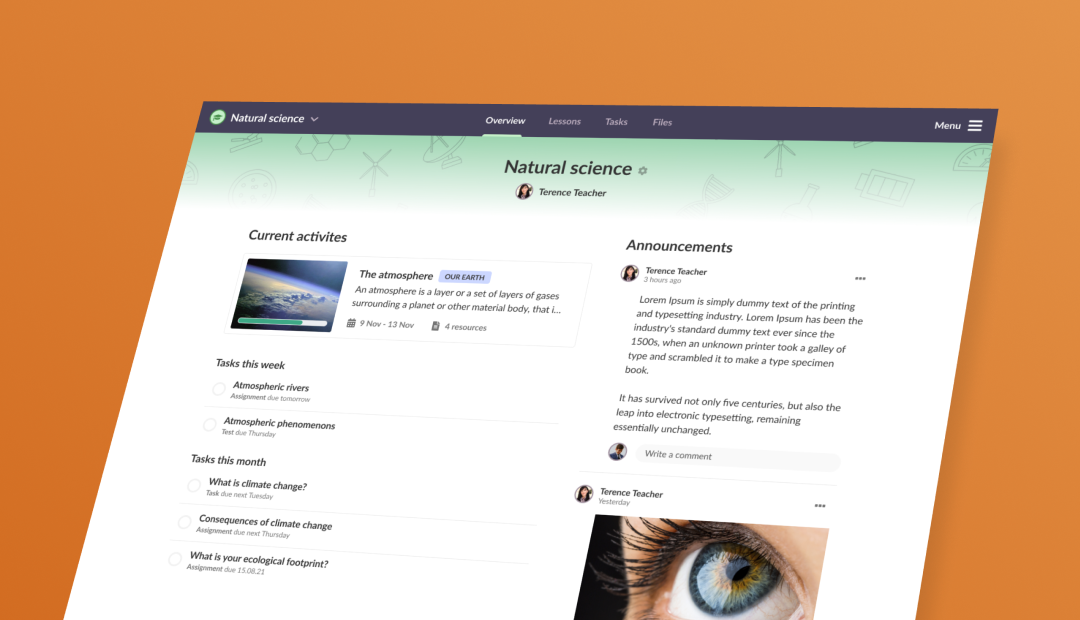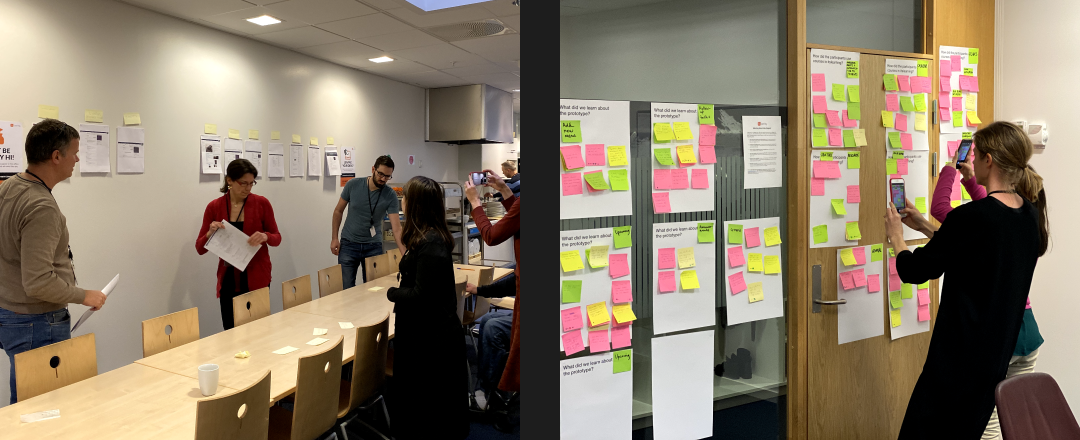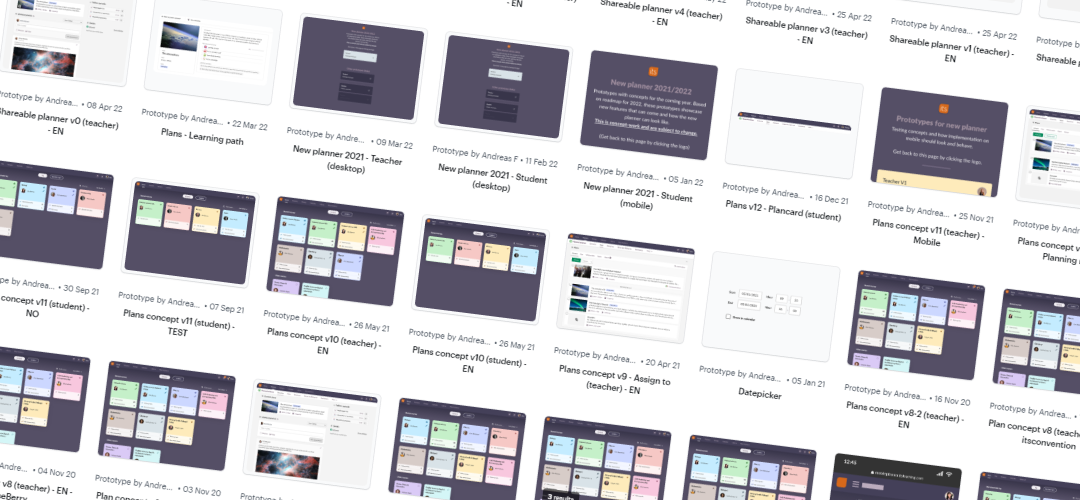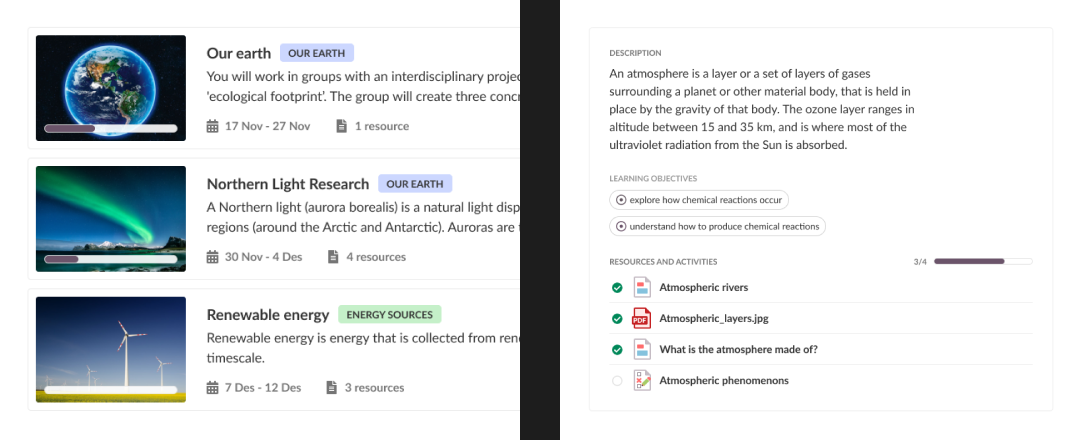Redesigning the classroom
itslearning is a learning management system, designed for the K12-market in Europe, especially for mid to higher education. The userbase is mainly teachers and students, and serves as a virtual classroom.
We wanted to improve the course (the virtual classroom), where teachers distributes, creates and grades learning material, and students do their homework and get important information. With the pandemic in early 2020, we saw the need to upgrade the course. We were aware of certain problems, but not the full extent, and not why some of these were issues.

We sent out a survey across all markets and to different segments, and gathered a diverse set of insight. In addition to this, we analysed 100 real courses to see how they had structured them. With this we were able to rank the pain points down to a few key areas.
One of the biggest issues we saw was that the classroom was used very differently, even though the purpose was the same; create and distribute learning material. We had a tool designed just for that, the planner, but it was not used properly. Based on our research, it was mainly because it was cumbersome to use, hard to navigate and not very engaging with students, because of the text-heavy nature of the plans. We understood that, in order to create a better course and course overview, we needed to improve the plannertool.

With this quantitative data, we had a starting-point for our project. We started conseptualizing how the new plannertool could be. Our goal was to create an engaging planner, with ease of use, easy to navigate and find plans, and future-proof it by making it more flexible.
In order to validate our concepts, we used user testing and interviews. Since we had such a vast userbase, from different countries with different ways of education, but also segments (primary school to universities), there was many needs and pains we needed to consider. Also testing on both teachers, and students, because their needs were different. In a period of a year, we had talked to approximately 80 teachers and 20 students, from multiple countries.

Through iterative conceptualizing and validating, we had managed to find a good solution that solved many of the problems and reached our initial goals.
The planner now had a more visually appealing plan cards, that was more engaging with students. We introduced a gamification-approach to the plans, where students could easily track their progress (including a positive message when completing a plan) - as well as for teachers to track the progression of the whole class. The plans were now opening in a seperate page, which allowed teachers to present the learning material better in class.
Navigation in was improved, as well as making it easier for teachers to create and manage plans. We introduced a structure based on if the plan was current, upcoming, and past plans.

The planner-improvement made it easier for teachers and students to use the course, and the course overview reflected that change. We managed to change how teachers distributed learning material to a more consistent way that benefited students. The use of the planner, as well as the general happiness of our users increased after the improvements were released. It also meant that the classroom in general was more responsive to other mediums, and more accessible for all users.
